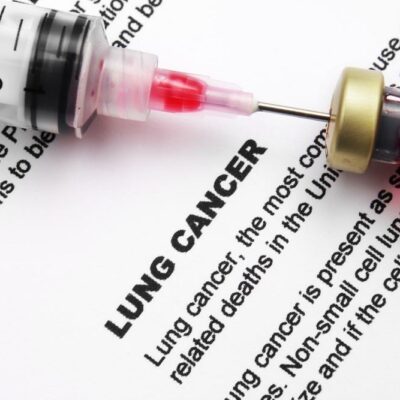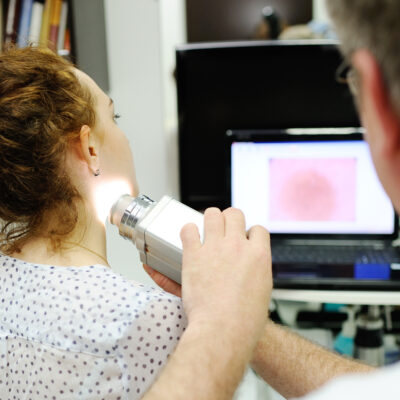
Cancer
An Overview of Prostrate Cancer
Cancer in any form is a terrible diagnosis for any patient. Prostate cancer is of the most prevalent types of cancer in older men. Prostate cancer develops in the prostate, which is a small walnut-shaped gland responsible for producing seminal fluid for transporting sperm. Thankfully, most prostate cancers progress slowly, requiring no treatment, as long as they don’t spread outside of the prostate gland, where it may not cause serious harm. Early diagnosis for prostate cancer that’s confined to the prostate gland is the best scenario for patients. The following information provides more detail about prostate cancer statistics, causes, diagnosis, and treatments, etc.: 1. Prostate cancer statistics Cancer.org explains that at least 1 in 9 men will develop prostate cancer in their lifetime. Most men who develop prostate cancer are at least 65 years of age or older, with the average age of diagnosis at the age of 66. African American males have a higher risk of developing this disease compared to any other race. At least 1 in 41 men who have been diagnosed with this disease will die from it. However, most men will survive prostate cancer after they have been diagnosed. Ultimately, prostrate is a men’s cancer.
Read More 















